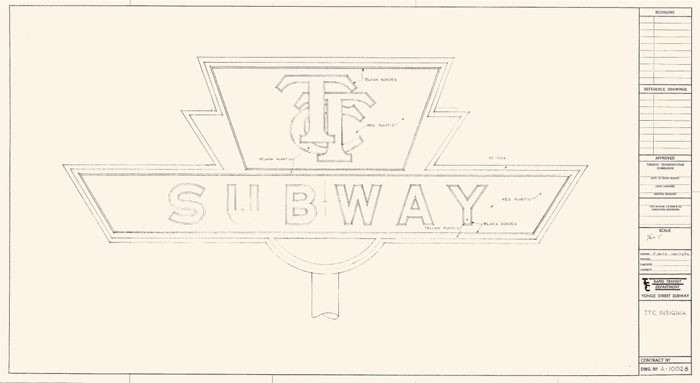smallspy
Senior Member
In the case of Clearview ADA, it always felt more to me as it was designed to be optimal for reading text up close, like off a page, not for reading text off a sign a few blocks down the street - however someone branded it as the universal most legible font and now agencies are just playing along.
Clearview was specifically designed to be used on highway/road signage, when the reader would have a limited amount of time to take in the data and would be trying to read it a quickly changing focal lengths as they approached it.
It is quite literally the polar opposite to a font designed to be read off of a page.
Dan





